Home>Interior Design>How To Get Rid Of Moths: 9 Ways To Rescue Clothes And Furnishings
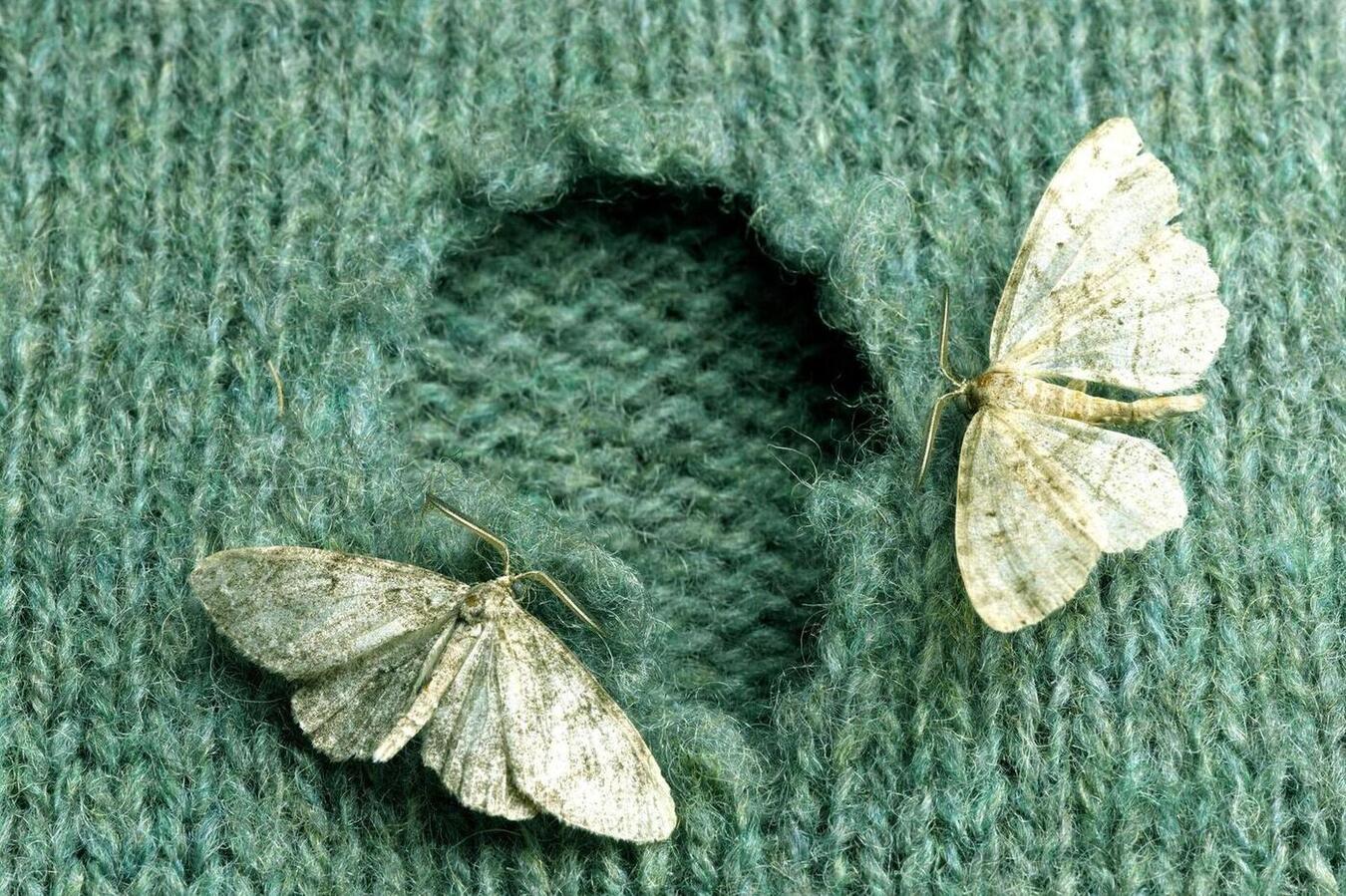

Interior Design
How To Get Rid Of Moths: 9 Ways To Rescue Clothes And Furnishings
Modified: October 24, 2024
Discover 9 effective ways to save your clothes and furnishings from moths with these interior design tips. Say goodbye to moth infestations now!
(Many of the links in this article redirect to a specific reviewed product. Your purchase of these products through affiliate links helps to generate commission for Storables.com, at no extra cost. Learn more)
Introduction
Moths can be a nuisance when they invade our homes and wreak havoc on our clothes and furnishings. These pesky insects are attracted to natural fibers, such as wool, silk, and cotton, and can cause significant damage if left unchecked. Thankfully, there are several effective methods to get rid of moths and protect your belongings.
In this article, we will explore nine practical ways to rescue your clothes and furnishings from moth infestations. From identifying the presence of moths to preventing future infestations, we’ve got you covered. So, let’s dive in!
Key Takeaways:
- Protect your clothes and furnishings from moths by identifying infestations, isolating and washing infested items, and utilizing natural remedies and professional pest control services.
- Prevent future moth infestations by maintaining cleanliness, proper storage, and vigilance, while utilizing moth repellents and monitoring second-hand items.
Identify the Presence of Moths
The first step in getting rid of moths is to identify their presence in your home. Moths are typically more active during the warmer months, but they can still be a problem year-round. Here are some signs that indicate you may have a moth infestation:
- Holes in clothes and fabrics: Moths feed on natural fibers and create small, irregular-shaped holes in clothing, blankets, rugs, and upholstery.
- Webbing or cocoons: Look for silky webbing or small cocoons in corners, crevices, and hidden areas where moths may lay their eggs.
- Adult moths: Keep an eye out for adult moths flying around your home, particularly in areas where you store clothes or fabrics.
- Moth larvae: Moth larvae, also known as caterpillars, may be present in infested areas. They are usually small and whitish in color.
- Moths in food: Pantry moths, also called Indian meal moths, infest stored food products. Look for moths or their larvae in dry goods like flour, cereal, pasta, and pet food.
If you notice any of these signs, it’s essential to take immediate action to prevent further damage. The next steps will guide you in getting rid of moths and rescuing your clothes and furnishings from their destructive grasp.
Remove and Isolate Infested Items
Once you have identified the presence of moths, it’s crucial to remove and isolate the infested items to prevent the infestation from spreading further. Follow these steps:
- Create a quarantine area: Designate a specific area in your home, such as a spare room or garage, as a quarantine space to temporarily store infested items. Make sure this area is well-sealed to prevent moths from escaping.
- Sort through your belongings: Go through your clothes, fabrics, and other potentially infested items, examining them closely for signs of moth damage or larvae. Separate the infested items from the rest.
- Bag or wrap infested items: Place the infested items into tightly sealed plastic bags or wrap them in plastic wrap to prevent moths from emerging or spreading to other areas. This isolation will help contain the moths and break their life cycle.
- Label and date the bags: Clearly label each bag or wrapped item with the date and a description of its contents. This will help you keep track of the quarantined items and prioritize when it comes to treatment and cleaning.
Remember, it’s important not to transfer infested items to other parts of your home during this process. By isolating the infested items, you can focus on treating and cleaning them separately to eliminate any remaining moths or eggs.
In the next step, we will discuss how to effectively wash the infested items to remove any remaining moths or larvae and rescue them from further damage.
Wash Infested Items
Once you have removed and isolated the infested items, the next step is to wash them thoroughly. Washing the infested items will help eliminate any remaining moths, larvae, or eggs. Follow these guidelines when washing infested items:
- Read the care labels: Before washing your clothes or fabrics, carefully read the care labels to determine the appropriate washing instructions. Follow the recommended water temperature and any specific washing guidelines.
- Use hot water: Moths and their eggs are sensitive to high temperatures. Set your washing machine to the highest water temperature that is safe for the fabric and run a complete wash cycle.
- Add detergent: Use a high-quality laundry detergent, preferably one that is effective against stains and odors. Use the appropriate amount of detergent as recommended by the manufacturer.
- Consider moth-repellent additives: Some laundry detergents offer moth-repellent properties. Consider using these additives to provide an extra layer of protection to your clothes.
- Dry thoroughly: After washing, make sure to dry the items thoroughly. Moths are less likely to infest dry fabrics. Place the items in a dryer on a high heat setting or hang them in direct sunlight, if possible.
It’s important to note that not all items can be safely washed in a washing machine. Delicate fabrics or items with special care requirements might need alternative methods of cleaning, which we will discuss in the next step.
By washing the infested items properly, you can effectively remove any remaining moths or eggs and ensure they are clean and ready for use without the fear of reinfestation.
Freeze Infested Items
For items that cannot be washed or those requiring extra care, freezing can be an effective method to eliminate moths and their eggs. Freezing infested items can kill any remaining larvae or eggs and halt the infestation. Here’s how to freeze infested items:
- Seal the items: Place the infested items inside airtight plastic bags or containers. Ensure that they are sealed tightly to prevent any moisture or air from entering.
- Choose a deep freezer: Use a deep freezer or a freezer with a temperature of at least -18 degrees Celsius (-0.4 degrees Fahrenheit). Regular refrigerators may not be cold enough.
- Keep items frozen: Leave the infested items in the freezer for at least 48 hours. This duration is sufficient to kill moths, larvae, and eggs.
- Thaw and inspect: After the freezing period, remove the items from the freezer and allow them to thaw at room temperature. Inspect the items for any remaining signs of infestation.
- Clean or launder the items: Depending on the nature of the infested items, you may need to clean or launder them after thawing to remove any dead insects or debris.
This freezing method is particularly useful for delicate fabrics, such as wool or silk, as well as items that cannot be washed or dried using conventional methods. However, it’s essential to note that freezing may not be suitable for all items, so use this method selectively and consider the specific care requirements of each item.
Next, we will discuss how to thoroughly vacuum and clean the affected areas to eliminate any remaining moths, larvae, or eggs.
Read more: How To Get Rid Of Moths In Wardrobe
Vacuum and Clean Affected Areas
Moths don’t just infest your clothes and fabrics; they can also find refuge in the surrounding areas. Vacuuming and cleaning these affected areas is crucial to ensure a thorough elimination of moths and prevent future infestations. Follow these steps to effectively clean the affected areas:
- Start with a vacuum: Use a vacuum cleaner with a high-efficiency particulate air (HEPA) filter to vacuum the affected areas. This will help suck up any moth eggs, larvae, or adult moths present in the carpets, rugs, and upholstery.
- Vacuum all surfaces: Pay special attention to corners, crevices, and hidden areas where moths may lay their eggs. Move furniture and vacuum underneath and behind them. Don’t forget to vacuum curtains, drapes, and other fabric-covered surfaces as well.
- Dispose of the vacuum contents: After vacuuming, empty the vacuum bag or canister into a sealed plastic bag and dispose of it outside your home. This ensures that any captured moths or larvae won’t find their way back inside.
- Clean with hot, soapy water: For hard surfaces, such as shelves, closets, and drawers, clean them thoroughly using hot, soapy water. This will remove any moth eggs or larvae that may have been left behind. Be sure to dry the surfaces completely afterward.
- Steam cleaning: If you have access to a steam cleaner, consider using it on carpets, rugs, and upholstery. The high temperatures can effectively kill any remaining moths or larvae that the vacuum may have missed.
- Discard infested items: If you discover severely infested items that are beyond repair, it’s best to dispose of them to prevent further infestation. Seal them in plastic bags before discarding them to avoid spreading moths.
By vacuuming and cleaning the affected areas, you can eliminate any remaining moths, larvae, or eggs, ensuring a fresh start and minimizing the risk of reinfestation.
Next, we will explore the use of moth repellents to further protect your clothes and furnishings from future infestations.
Place cedar blocks or lavender sachets in your closets and drawers to repel moths. The strong scent will deter them from laying eggs on your clothes.
Use Moth Repellents
Moth repellents are an effective way to deter moths from infesting your clothes and furnishings. There are various types of moth repellents available, each with its advantages and application methods. Here are some common types of moth repellents:
- Mothballs: Mothballs contain chemicals that release a strong odor to repel moths. Place them in closets, drawers, or storage containers with your clothes and fabrics. However, be cautious as mothballs can be toxic if ingested, so keep them out of reach of children and pets.
- Cedar products: Cedar wood has natural properties that repel moths. Use cedar blocks, balls, or chips and place them in your closets, drawers, or storage containers. Refresh them periodically by sanding or applying cedar oil.
- Lavender sachets: Moths are known to dislike the scent of lavender. Place lavender sachets or pouches in your closets or storage areas to deter them. You can also use dried lavender or lavender essential oil on cotton balls as a DIY repellent.
- Moth-repellent sprays: There are several commercial moth-repellent sprays available in the market. Spray them directly on your clothes, fabrics, or storage areas to create a barrier against moths.
- Moth traps: Moth traps use pheromones to attract and trap adult male moths. The traps are usually placed in closets or other infested areas to capture male moths and disrupt their mating cycle.
When using moth repellents, it’s important to follow the instructions provided by the manufacturer. Remember that repellents are a preventive measure and may not eliminate an existing infestation entirely. They are best used in combination with other methods discussed in this article for comprehensive protection against moths.
In the next step, we will explore natural remedies for moth removal, utilizing items commonly found in your kitchen pantry.
Natural Remedies for Moth Removal
If you prefer to use natural methods to get rid of moths, there are several remedies you can try using items commonly found in your kitchen pantry. These natural remedies are safe, chemical-free alternatives to protect your clothes and furnishings. Here are a few options:
- Vinegar: Moths dislike the strong scent of vinegar. Mix equal parts of white vinegar and water in a spray bottle and spritz it on your clothes, fabrics, and infested areas. You can also add a few drops of essential oils like lavender or cedarwood for added potency.
- Cloves: Place whole cloves or small sachets filled with cloves in your closets, drawers, or storage containers. The strong aroma of cloves repels moths effectively.
- Bay leaves: Moths are deterred by the scent of bay leaves. Place whole bay leaves in your closets, drawers, or storage containers to keep moths away. Replace them every few months or when their scent diminishes.
- Lemon peels: The citrusy scent of lemon peels is unpleasant to moths. Place dried lemon peels in your closets or attach them to hangers with clothes. Refresh them every few weeks.
- Herbs: Moths dislike the strong scents of herbs like rosemary, thyme, or mint. Make small sachets filled with dried herbs and place them in your closets or storage areas.
These natural remedies can be used in conjunction with other methods such as cleaning and maintaining proper storage practices. Keep in mind that natural remedies may need to be refreshed or replaced periodically to maintain their effectiveness.
In the next step, we will discuss the option of seeking professional pest control services for more severe infestations or persistent moth problems.
Professional Pest Control Services
If you’re dealing with a severe moth infestation or persistent moth problems despite your best efforts, it may be necessary to seek the help of professional pest control services. Pest control professionals have the expertise and knowledge to effectively eliminate moths and prevent future infestations. Here’s how they can assist you:
- Inspection and assessment: Pest control professionals will conduct a thorough inspection of your property to identify the extent of the infestation and determine the best course of action.
- Treatment plan: Based on their assessment, professionals will develop a customized treatment plan tailored to your specific situation. This may include a combination of insecticides, insect growth regulators, and other targeted methods.
- Safe and effective treatments: Pest control experts are trained in the proper handling and application of insecticides, ensuring effective results while prioritizing safety for you, your family, and the environment.
- Follow-up visits: Depending on the severity of the infestation, pest control professionals may schedule follow-up visits to monitor the situation, reapply treatments if necessary, and ensure that the moths have been completely eradicated.
- Preventive measures: Along with treatment, pest control experts can provide recommendations on preventive measures to avoid future infestations. This may include sealing entry points, improving storage practices, and maintaining proper sanitation.
Professional pest control services offer a comprehensive and efficient solution to tackle severe or persistent moth infestations. They have the knowledge, experience, and access to specialized products that may not be available to the general public.
Keep in mind that professional services come at a cost, so it’s important to weigh the severity of the infestation and your ability to handle it yourself before deciding to hire a professional.
In the final step, we will discuss essential preventive measures to help you avoid future moth infestations.
Read more: Pantry Moth How To Get Rid Of
Preventing Future Infestations
Prevention is key when it comes to avoiding future moth infestations. By taking proactive measures, you can greatly reduce the risk of moths invading your home and damaging your clothes and furnishings. Here are some essential preventive tips:
- Regularly clean and declutter: Moths are attracted to dirt, crumbs, and clutter. Regularly vacuum, dust, and clean your home, paying special attention to areas where moths can hide, such as closets, storage spaces, and the corners of rooms.
- Store clothes properly: Clean your clothes before storing them to remove any moth eggs or larvae. Use airtight containers or vacuum-seal bags to store clothes, blankets, and other fabrics, as moths cannot penetrate these barriers.
- Monitor your pantry: Regularly check your pantry for signs of pantry moths. Store dry goods in airtight containers and discard any infested food products immediately to prevent the infestation from spreading.
- Utilize moth repellents: Continue using moth repellents, such as cedar blocks or lavender sachets, in your closets and storage areas. Refresh them periodically to maintain their effectiveness.
- Inspect second-hand items: If you purchase second-hand clothes or furnishings, inspect them thoroughly for any signs of moth infestation before bringing them into your home.
- Maintain proper ventilation: Moths are less likely to thrive in well-ventilated areas. Ensure proper airflow in your home by opening windows, using fans, and using dehumidifiers in damp areas.
- Regularly check for signs of moths: Stay vigilant and keep an eye out for any signs of moths or moth damage. Early detection can prevent a small infestation from turning into a larger problem.
By incorporating these preventive measures into your routine, you can significantly reduce the chances of future moth infestations and protect your belongings from damage.
Now that you have learned various ways to rescue your clothes and furnishings from moths, it’s time to take action. Identify any signs of infestation, remove and isolate infested items, wash or freeze them, clean affected areas, use moth repellents, try natural remedies, consider professional pest control services if needed, and implement preventive measures.
Remember, a combination of these methods and ongoing vigilance is key to effectively getting rid of moths and keeping your home moth-free. With the right approach, you can protect your clothes and furnishings for years to come.
Stay proactive, and enjoy a moth-free environment!
Conclusion
Moth infestations can be a nuisance, causing damage to our clothes and furnishings. However, with the right knowledge and strategies, it is possible to rescue our belongings and prevent future infestations. Throughout this article, we have explored nine effective ways to get rid of moths and protect our cherished items.
First and foremost, identifying the presence of moths is crucial. By recognizing the signs of infestation such as holes in clothes, webbing, or adult moths, we can take swift action. Removing and isolating infested items is the next step, ensuring that the infestation does not spread further. Washing infested items in hot water and using appropriate detergents helps eliminate any remaining moths or larvae.
For delicate items or those that cannot be washed, freezing is a practical option. Freezing infested items for at least 48 hours kills the moths and their eggs. Vacuuming and cleaning affected areas thoroughly is vital to eliminate any remaining moths or larvae hiding in carpets, rugs, or furniture.
Moth repellents, both commercial and natural, provide an extra layer of protection. Mothballs, cedar products, and lavender sachets are effective moth deterrents. In severe cases, professional pest control services can be sought to address persistent infestations and provide long-term solutions.
Prevention is key to avoid future infestations. Regular cleaning, proper storage of clothes, and monitoring pantry items are essential preventive measures. By maintaining good hygiene, utilizing moth repellents, and inspecting second-hand items, we can minimize the risk of moth infestations and protect our belongings.
In conclusion, by following these nine methods, we can effectively rescue our clothes and furnishings from moths and create a moth-free environment in our homes. Remember to stay proactive, stay vigilant, and implement these strategies consistently to enjoy a moth-free space for years to come.
Now that you've tackled moth issues in your clothes and furnishings, broaden your pest control prowess by diving into our next guide on pantry challenges. Discover expert tips on managing those pesky pantry moths, ensuring your kitchen remains as pristine as the rest of your home. Don't let pests disrupt your space—learn more about keeping them at bay effectively.
Frequently Asked Questions about How To Get Rid Of Moths: 9 Ways To Rescue Clothes And Furnishings
Was this page helpful?
At Storables.com, we guarantee accurate and reliable information. Our content, validated by Expert Board Contributors, is crafted following stringent Editorial Policies. We're committed to providing you with well-researched, expert-backed insights for all your informational needs.

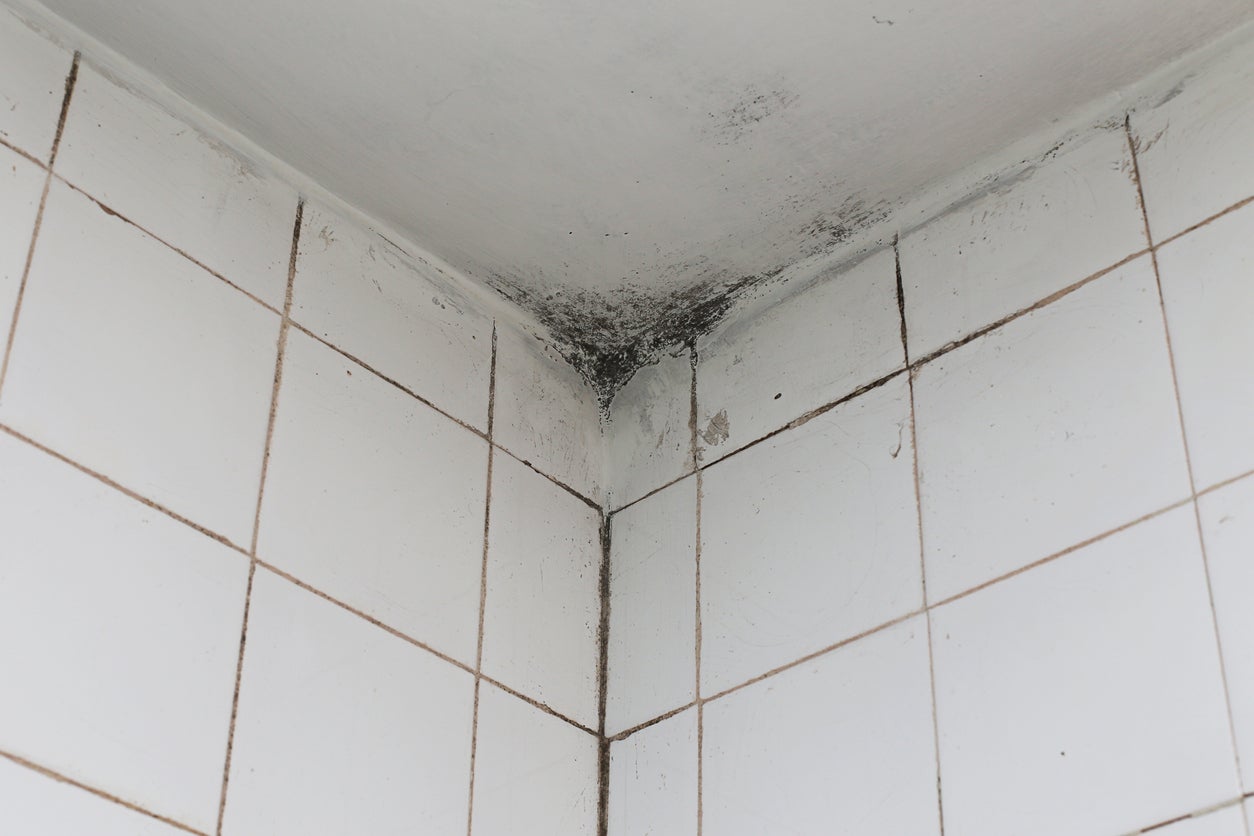
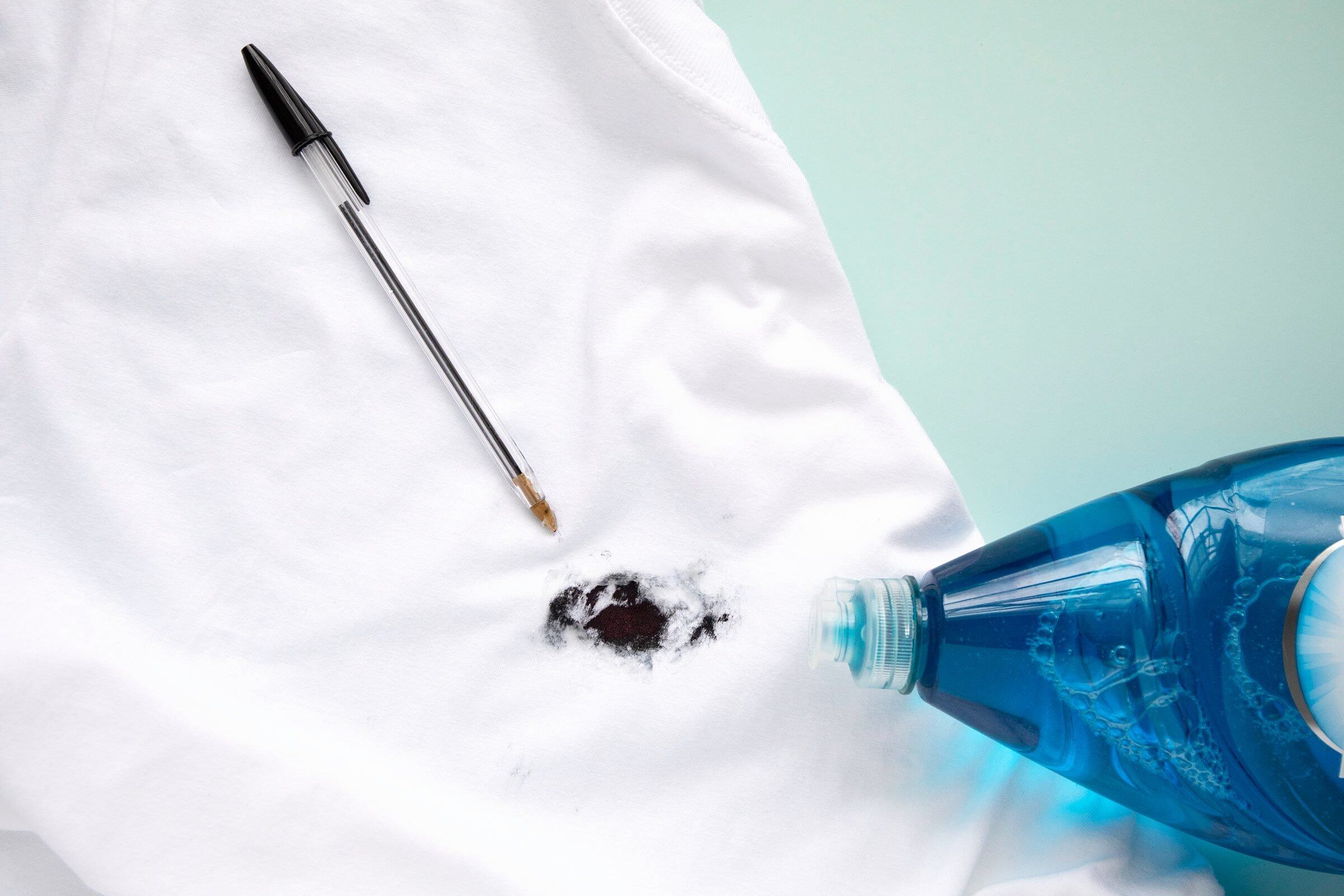

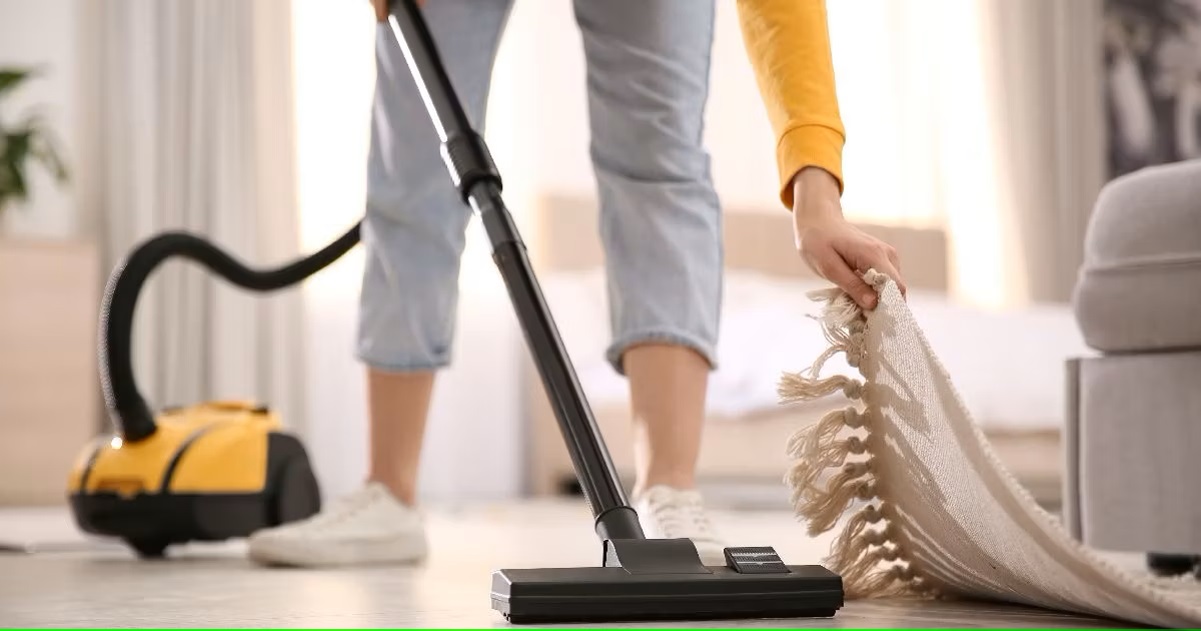



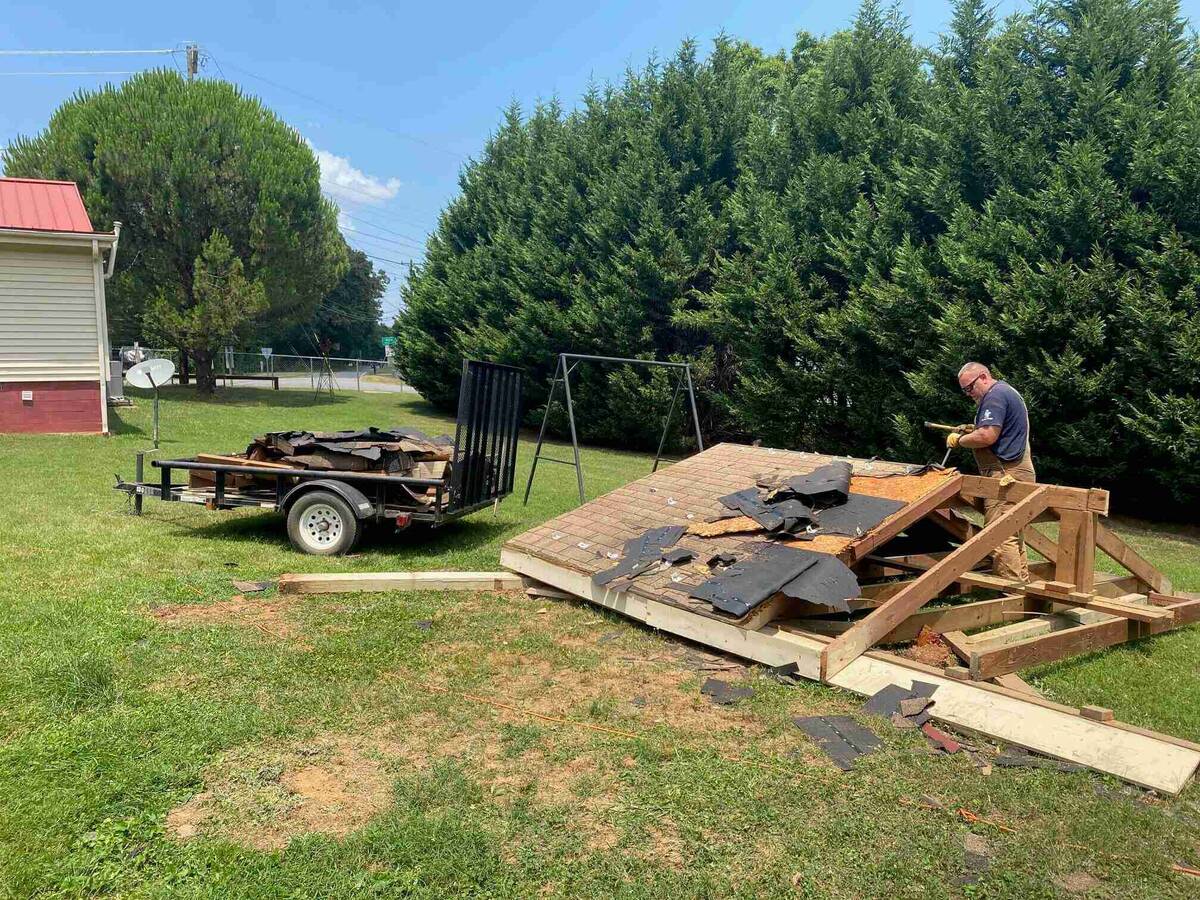





0 thoughts on “How To Get Rid Of Moths: 9 Ways To Rescue Clothes And Furnishings”